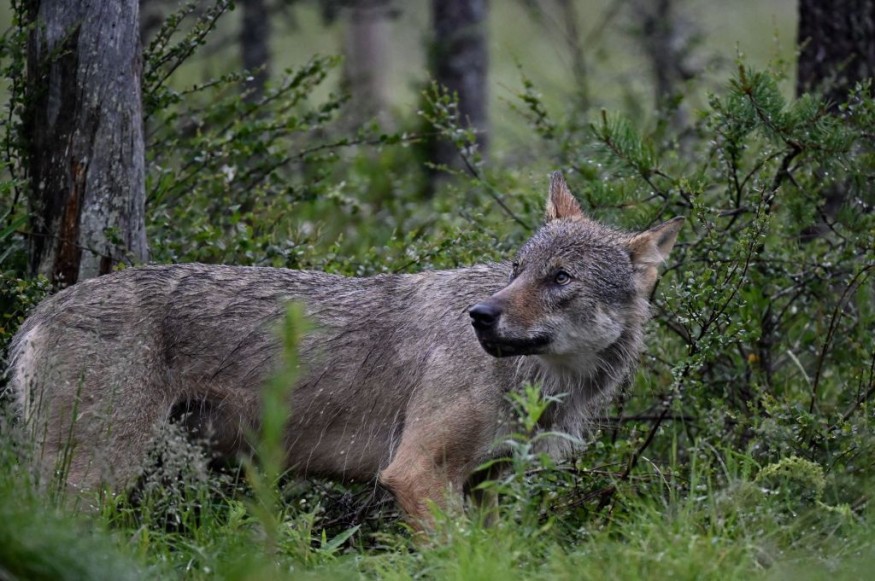
Authorities in Andalucia, Spain, have proclaimed wolves to be extinct in the are because there have been no sightings since 2020.
Wolves in Andalucia, Spain
Wolves have long frequented the Andalucian mountain ranges in the southern areas of Spain, but after decades of decline, the animal has been formally declared extinct there.
The regional administration has been conducting wolf (Canis lupus signatus) population counts since 2003 to track the species and lessen conflict with the local populace, particularly farmers.
Despite being a protected species, the Andalucian government's environment department claims in a report published in el Correo de Andalucia that the wolf has not been seen in the region since 2020.
It was believed that there were somewhere between six and eight wolfpacks in the area, predominantly in the Sierra Morena area, with up to 56 members until at least 2010.
Protecting the Local Wolf Population
This is bad news, according to Luis Suárez, the World Wildlife Fund conservation coordinator in Spain. It also confirms the downward trend for the few wolfpacks that still exist in southern Spain, which are imperiled by their physical and genetic isolation from wolves in the rest of Spain, as well as habitat loss, poaching, and illegal hunting.
According to Suarez, the terrible disappearance of wolves in Andalucia is directly due to the regional government's lack of political resolve to implement conservation measures.
Suarez finds it puzzling that despite a scenario that has existed for years, the wolf is not currently designated as an endangered species and there is no recovery strategy.
The Andalucian government should have been required by law to take action to conserve the local wolf population had it been deemed to be at risk of extinction.
Suárez claimed that the governing body had been paralyzed for years by the threat of conflict with the hunting lobby and cattle producers, and had confined itself to wolf population monitoring.
From Eradication to a Recovery
Europe's largest wolf population is found in Spain. There were roughly 9,000 wolves spread out across the nation in the middle of the 19th century. A few hundred individuals were left by the 1970s due to an eradication policy.
The species started to regain its health once poisoning was made illegal in the 1970s.
Between 2,000 and 2,500 wolves were counted in 297 packs in the most recent census, which was conducted in 2021. 90% of these wolves were found in the northwest, primarily in Castilla y León, Galicia, and Asturias, where they were given protected species status, which has prohibited wolf killing since that year.
The 2021 announcement of the Spanish government's wolf recovery plan projected a population increase of 18%, from 297 to 350 packs.
Official estimates of Spain's wolf population are unduly optimistic, according to research published by the National Museum of Natural Sciences of Madrid (MNCN-CSIC), and actual numbers are far lower.
According to researcher Victoria González, populations are normally evaluated over a period of two years, which is insufficient to identify whether a population is growing, declining, or steady with a considerable margin of error, The Guardian reported.
Related Article : Isle Royale National Park Wildlife in Good Trajectory, Grey Wolves Increase as Moose Decline
© 2025 NatureWorldNews.com All rights reserved. Do not reproduce without permission.





